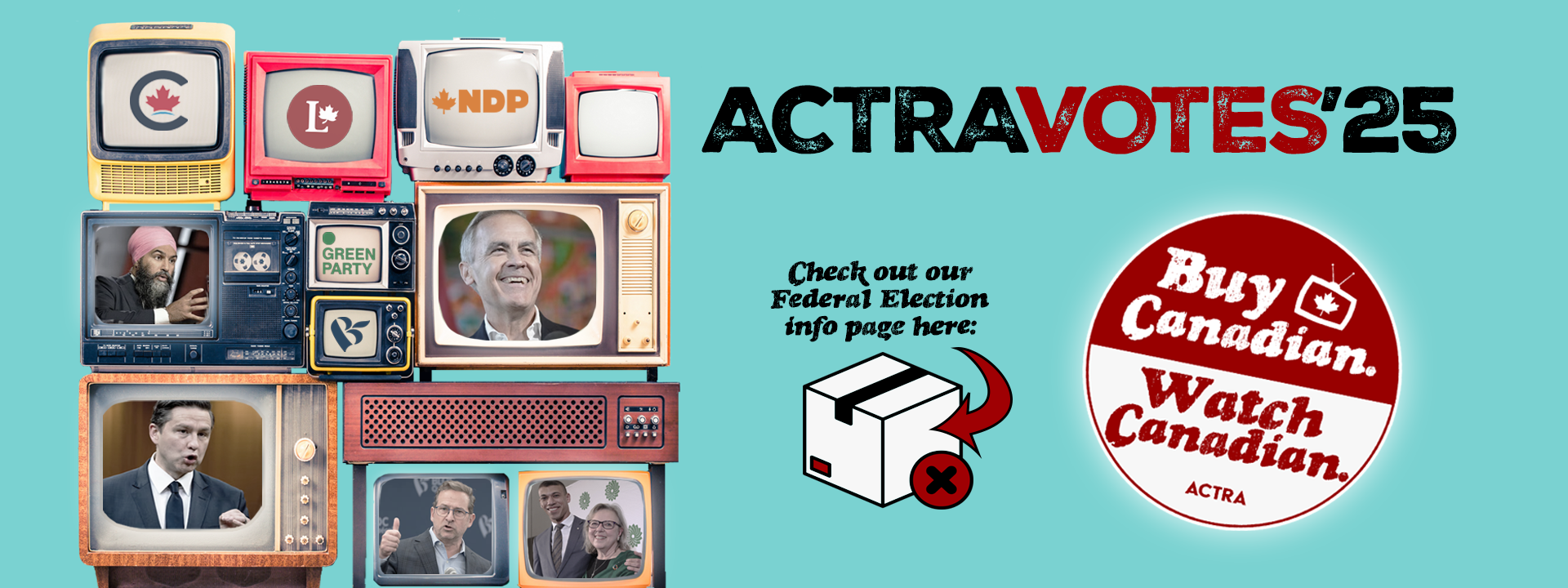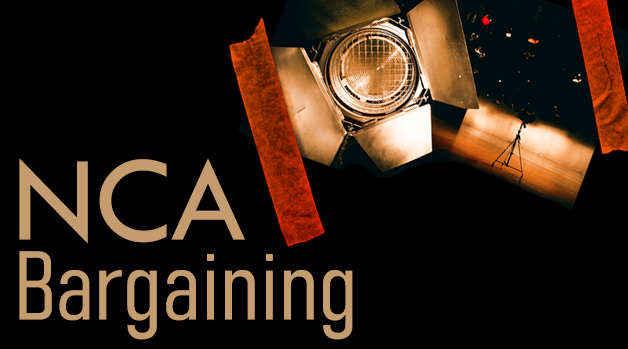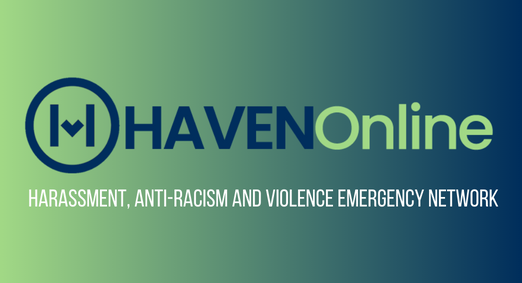Welcome to ACTRA
ACTRA (Alliance of Canadian Cinema, Television and Radio Artists) is the national union of professional performers working in recorded media in Canada. ACTRA represents the interests of over 30,000 members across the country – the foundation of Canada’s highly acclaimed professional performing community.
IPA Ratification
ACTRA & CMPA Ratified
PLEASE NOTE: The terms & conditions of the IPA will take effect after AQPM receives board approval, which is anticipated early next week. Stay tuned for more details and the effective date of the new 2025-2027 IPA!
PLEASE NOTE: The terms & conditions of the IPA will take effect after AQPM receives board approval, which is anticipated early next week. Stay tuned for more details and the effective date of the new 2025-2027 IPA!
Producers: Get on brand!
ACTRA has a new logo and your end credits should look as sharp as it does! Visit our Brand Centre to download high resolution logos in white or black for all production needs. Show the world that you proudly used the best performers there are - ACTRA performers!
NCA Bargaining
Since April 26, 2022 ACTRA members have been locked out from working on commercials by the Institute of Canadian Agencies (ICA) and the agencies and brands they represent. Click below for all information on NCA Bargaining...
Quick Links
AGREEMENTS

ACTRA has negotiated some of the strongest collective agreements for performers in the world covering film, TV, radio, digital media, animation, voice, videogame and commercial production.
ACTRA PRS

ACTRA Performers’ Rights Society (PRS) is the arm of ACTRA that collects and disburses use fees, royalties, residuals and all other forms of compensation or remuneration that performers may be entitled to as a result of their work.
DEALS & DISCOUNTS

ACTRA members in good standing are eligible to receive various deals and discounts from a variety of retailers and services from across Canada.
HAVEN Online
Available to members of ACTRA, the Directors Guild of Canada and Canadian Actors' Equity Association,
HAVEN Online allows performers to confidentially or anonymously report inappropriate behaviour and harassment in the workplace to their union/guild.






